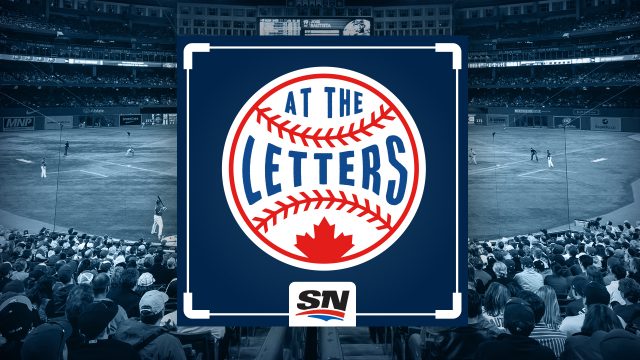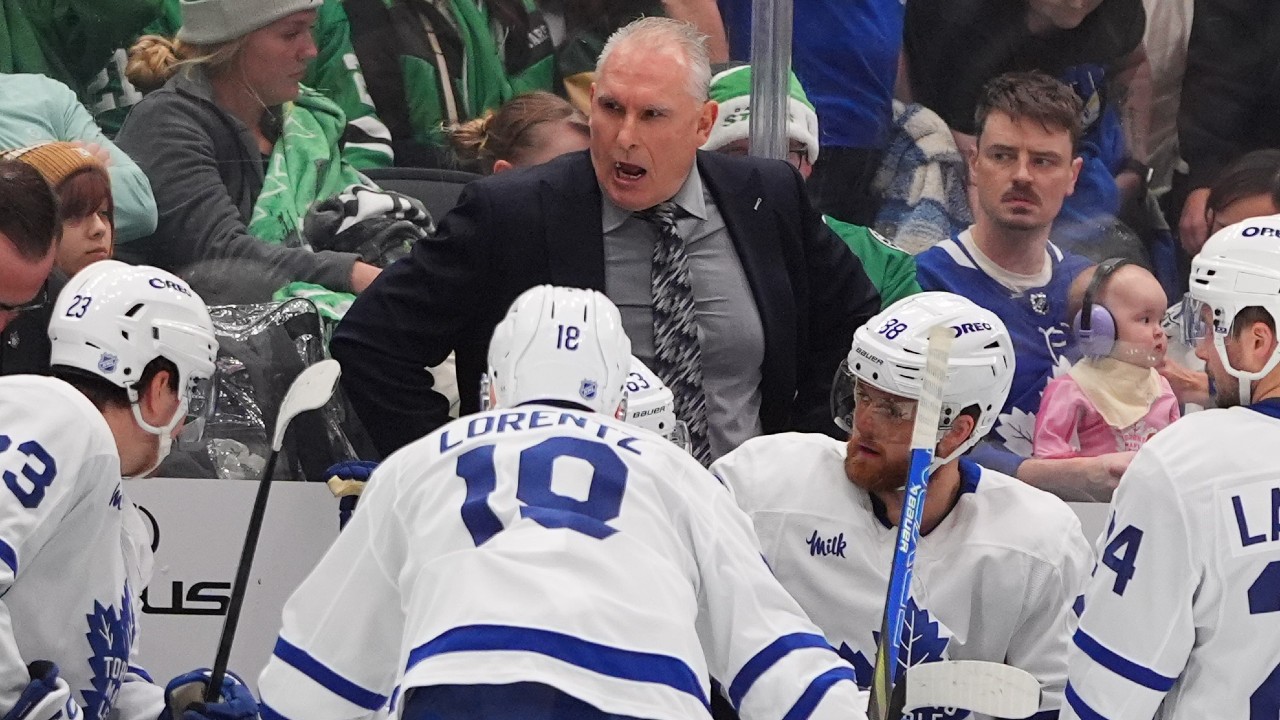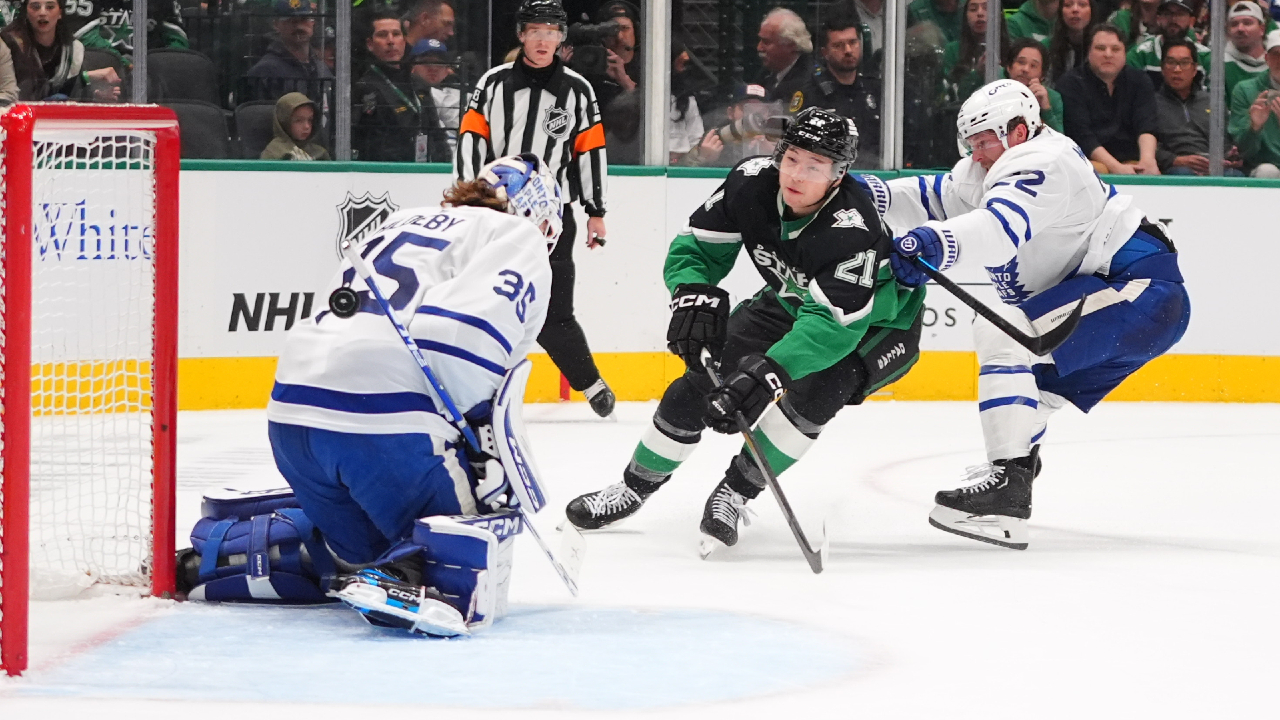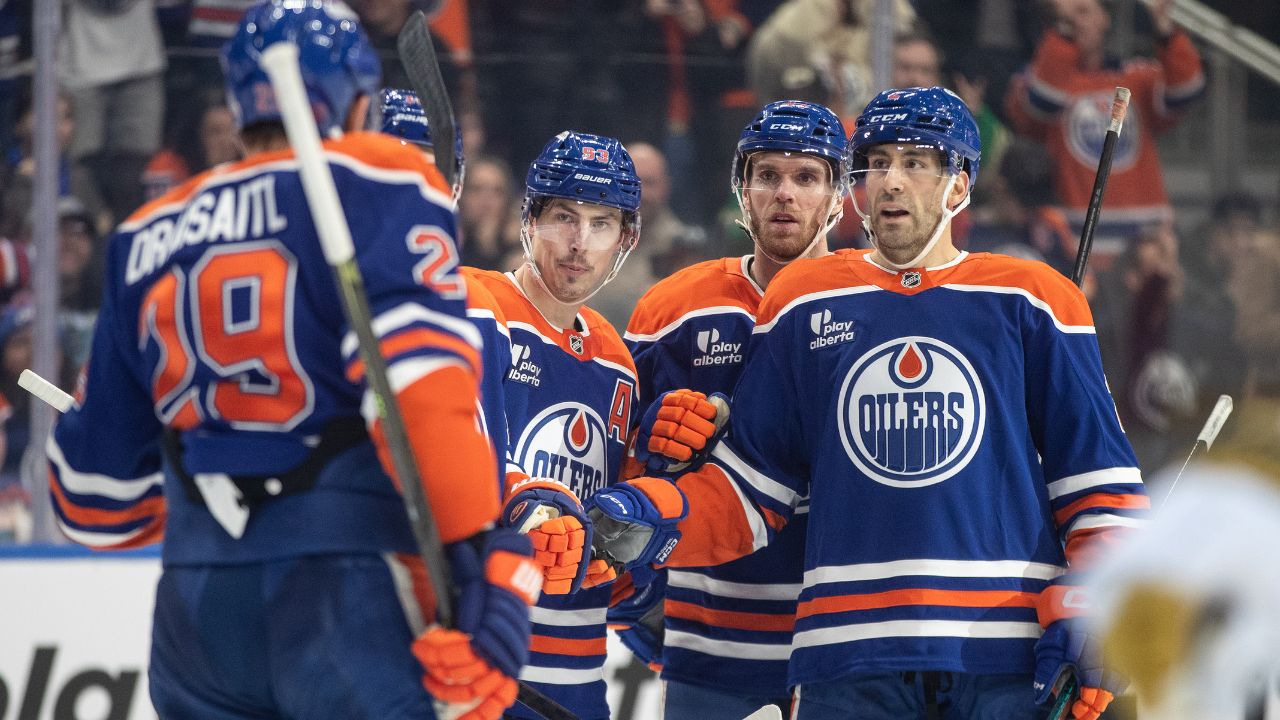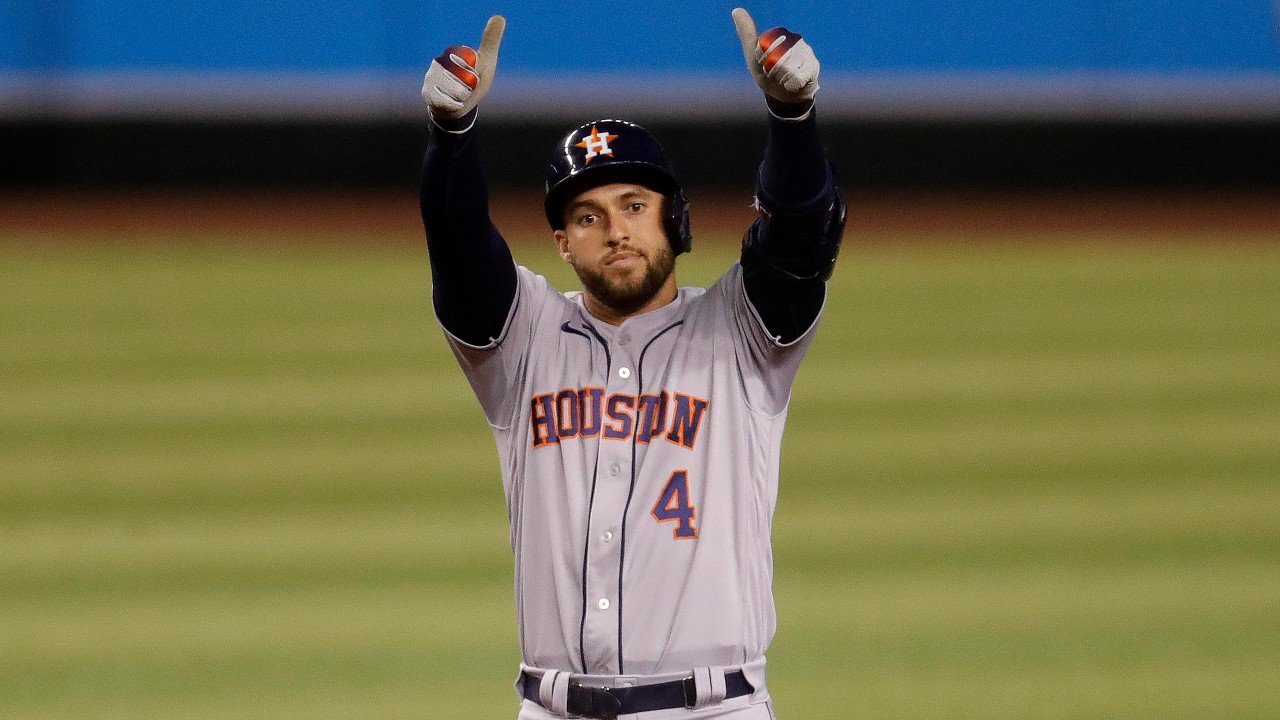
First of all, good for George Springer. In signing a six-year, $150-million deal with the Toronto Blue Jays late Tuesday night, the 31-year-old outfielder is finally recouping much of the surplus value he provided the Houston Astros over the first seven years of his remarkable career.
No matter what will be said about his age, about his legs, about the wisdom of committing so much money and term to a player north of 30, Springer’s earned this pay day from a game that doesn’t award them as frequently as it should. A full decade after he was drafted as one of the best college hitters in the United States — and 13 years after he was drafted a first time out of high school — it’s a satisfying and deserved moment for someone who’s not only worked hard enough to remain healthy and realize that talent as a professional, but continued to improve year over year at the game’s highest level.
Why did it take seven years for Springer to be paid commensurate to his ability when only six years of MLB service are required to qualify for free agency? Blame baseball’s flawed economic system, which allowed Springer to become one of the most blatant victims of service time manipulation the game’s ever seen as a rookie in 2014.
At the time, Springer was in his age-24 season and a consensus top-20 MLB prospect after laying waste to minor-league pitching the year prior, posting a .978 OPS over 73 games at double-A before earning a promotion to triple-A where he performed even better with a 1.050 OPS over 62 games.
He was playing stellar centre field defence, he was running the bases like a demon on his way to 45 steals in 53 attempts, and he had nothing left to prove. He was a big-leaguer. But prior to opening day, the Astros demoted Springer back to the minors and ran out an outfield of Robbie Grossman, Dexter Fowler, and L.J. Hoes, with Alex Presley on the bench.
Believe it or not, that group didn’t perform well. Fowler was fine, but Grossman had six hits over his first 16 games, Presley hit .128 over the season’s first two weeks, while Hoes laid the groundwork for what would become a 46 OPS+ season. Meanwhile, at triple-A, Springer was putting up a 1.106 OPS over his first 13 games.
Naturally, it was after that two-week tear, which carried him just five days past the point at which he could no longer accrue a full year of major-league service, that Houston deemed Springer was ready for a new challenge and called him up. And so his big-league career began with an Astros franchise that was not only purposefully losing to grift higher draft picks, but purposefully holding MLB-calibre talent in the minors to game additional years of contractual control. An organization that not only suppressed Springer’s salary, but delayed the date at which he’d reach free agency and have the opportunity to cash in on his fair market value.
Springer went on to put up a 126 OPS+ that rookie season. That wasn’t only better than any other outfielder on the team — it was better than any Astro, period, save for Jose Altuve. From there he won Silver Sluggers, played on all-star teams, and led the Astros to a World Series in which he was named MVP. He was — and still is — an incredible talent.
Springer gave the better part of his 20s to that grifting Astros organization and should have become a free agent last winter at the age of 30, when he could have earned something close to the seven-year, $245-million deal a 29-year-old Anthony Rendon — selected out of college six spots higher than Springer in that 2011 draft — signed the same off-season with the Los Angeles Angels. Rendon’s career OPS+ heading into free agency was 127. Springer’s is 131.
Which is all to say Springer deserves every last penny the Blue Jays will pay him over the next half-dozen years to patrol centre field and hit somewhere near the top of the club’s order. And not only because his career earning potential was limited by an efficiency-driven Astros franchise — because his new employers needed his services more than any other team in baseball.
With a somewhat conservative 2021 ZIPS projection for just a hair below four WAR, Springer’s single-handedly taken a Blue Jays centre field depth chart that was on Tuesday morning projected to be MLB’s 19th-best per FanGraphs and raised it all the way to third behind only Mike Trout’s Angels and Cody Bellinger’s Los Angeles Dodgers. Considering how close the Blue Jays already were to contention thanks to an emerging young core, and how deficient they were in terms of centre field production, it’s arguable that Springer couldn’t have made a bigger impact on any other team.
Although Bo Bichette and Vladimir Guerrero Jr. may give him a challenge for this title in future seasons, Springer immediately becomes Toronto’s best hitter — an offensive force whose xwOBA (a metric that assigns value to a player’s outcomes based on their quality of contact) has ranked in MLB’s 96th percentile each of the last two seasons.
You can quibble as to whether Springer’s a top-10 position player in the game, but he’s no worse than top-15. He’s posted a 140 OPS+ or higher three of the last four seasons and boasts a 138 wRC+ since 2017, which is equal to Bryce Harper and just behind Mookie Betts. His strikeout and walk rates don’t blow you away but are both well above-average, and Springer has inched forward in the direction you’d want as his career has gone on. Particularly encouraging is the fact Springer’s decreased his strikeout rate from 33 per cent as a rookie to a career-low 17.1 per cent in 2020.

He’s only grown more selective and discerning at the plate with age, developing an advanced ability to manage the strike zone. After struggling against spinning stuff earlier in his career, Springer posted an xwOBA of .412 against breaking pitches in 2019, and .366 in 2020. He dramatically lowered his chase rate against those breaking balls, too, from 34.5 per cent in 2016 to 20.7 in 2019 and 23.4 in 2020. And that refined approach hasn’t come at the expense of punishing fastballs, as Springer put up a .427 xwOBA against heaters in 2019, followed by .410 in 2020.
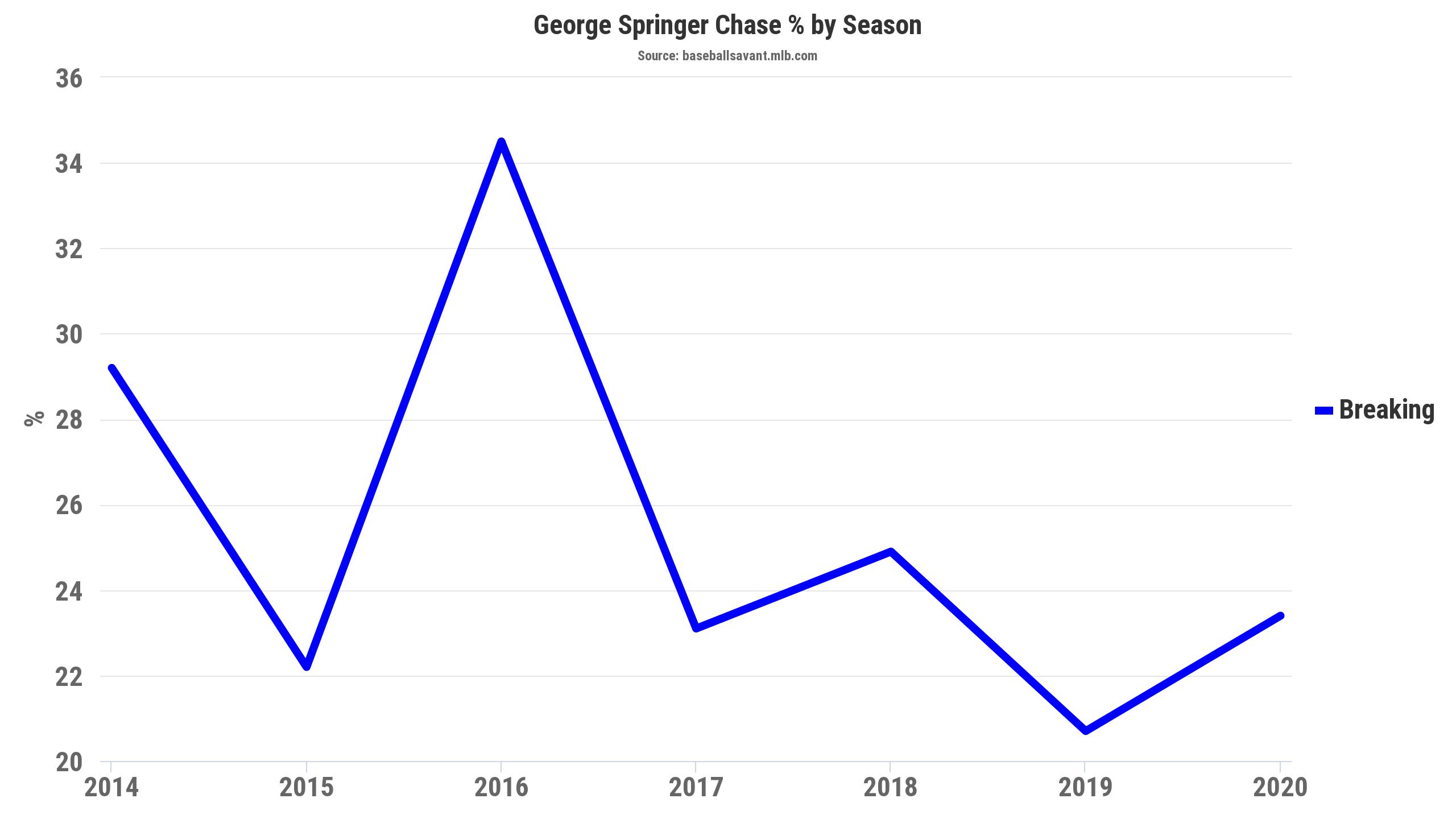
In fact, Springer’s one of the hardest hitters to beat with velocity in the game. He saw 134 pitches last season thrown 95 m.p.h. or harder and whiffed at only 10 of them. His 13 hits against pitches at that velocity — seven of them going for extra-bases — was tied for fifth-highest in MLB. When a guy’s laying off tough breaking stuff, catching up to premium velocity, and doing damage against anything thrown in the zone, there’s not much you can do as a pitcher to contain him.
Which brings us to the part where we talk about the trash cans. At the height of the Astros sign-stealing scheme in 2017, Springer was enjoying his best season yet, shaving more than six points off his strikeout rate from the year prior and setting a career high in home runs. Your mileage will vary as to how much of that production was aided by the scheme, but it’s worth considering that — according to data accumulated by Tony Adams — Springer received the second-most trash can bangs on the team during his plate appearances that season.
It’s also worth noting that Springer absolutely raked when receiving trash can assistance in medium leverage situations, according to an analysis of the scheme’s results by FanGraphs. That study found his performance actually suffered when a trash can bang was detected in high and low leverage spots, but Springer’s massive boost during the situations in between more than made up for it.
So, that’s damning. But Springer can make a decent case that his 2017 results may have been just as strong with or without the trash cans. According to that same Adams study, trash can bangs were rarely heard over the first two months of that season, before increasing greatly in mid-June and sustaining at much higher levels over the remainder of the year. Interestingly, Springer posted a .993 OPS in the first-half that year followed by .724 in the second half, indicating the bulk of his production came before the scheme was in full swing.
But what if the Astros were experimenting with other means by which to relay pitches to the plate in 2017’s first half, as MLB’s report on the scandal suggested they may have? That’s certainly possible, but the numbers Springer posted in subsequent seasons after the end of the scheme indicate he wasn’t missing the assistance. He had the best season of his career in 2019, batting .292/.383/.591 with 39 home runs. And while he took a slight step back from that absurd rate of production in 2020, his .265/.359/.540 line in a shortened season was still comparable to what he produced in 2017.
However you slice it, Springer’s an exceptional hitter, whether he knows what pitches are coming or not. And $150 million will buy a team a complete offensive profile like his — to say nothing of his 82nd-percentile sprint speed and above-average centre field defence — if it’s willing to shed the coin.
That Springer hit the open market a year late after missing last winter’s free agency cut off by only five days actually saved the Blue Jays some money here, which should be none of anyone’s concern. Just as now isn’t the time to worry about the generally bleak aging curve for outfielders north of 30; to fret over how a 2019 hamstring injury could foretell durability on Rogers Centre turf; to look at the final two years of this deal and wonder if Springer’s production at 35 and 36, presumably in an outfield corner by that point, will represent a larger or smaller fraction of his impact today.
George Springer got paid what he ought to as one of the game’s best players. The Blue Jays shelled out to upgrade a dire position of need, to help a burgeoning roster contend, to galvanize a sleeping giant fanbase. And in MLB’s flawed economic system, those are the most satisfying transactions of all.


